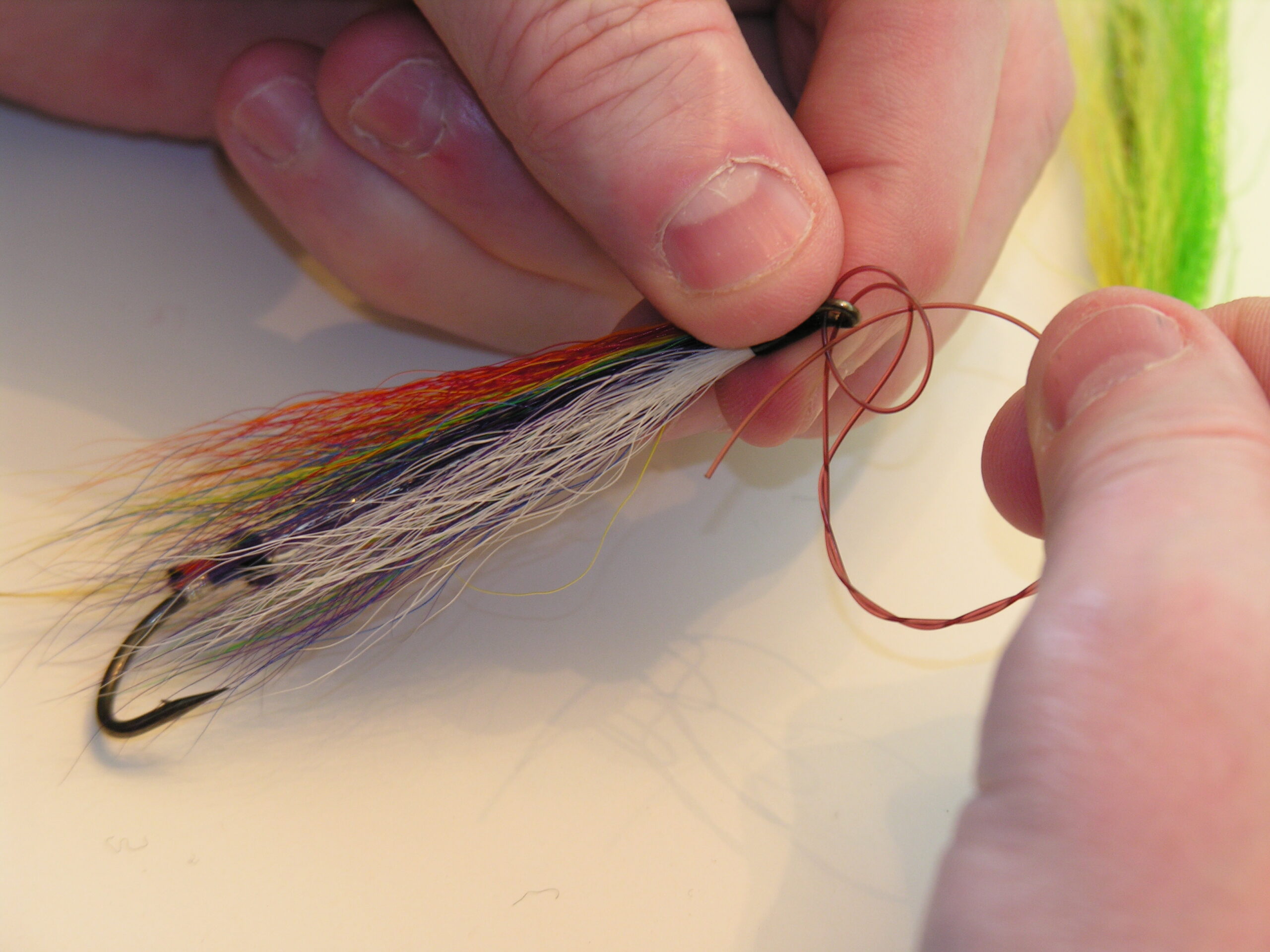
I’m living proof from years of frustrating, teeth-grinding experience that when it comes to knots for angling and boating, traditional options aren’t always the best.
I lost three $8 bass plugs in less than 90 minutes due to knot slippage and broken monofilament line at the knot juncture a few years ago. That’s all it took for me to learn better, stronger knots for lures and plugs.
In response to my recent article that talked about practicing knots, several fishermen asked for clarification on certain ones, their specific uses and how to tie them.
Fly fishermen need at least three different knots to attach lines and leaders from the reel spool to the fly. Shoddy technique or the wrong knot can lead to not only the loss of a fish and a fly, but sometimes the entire line, leader and backing.
Step one is to attach backing material, monofilament or any fishing line to the reel spool arbor with a self-tightening, non-slip loop that consists of two overhand knots.

To tie an arbor knot, pass the line through the line guard, or under the bail on a spinning reel, then around the arbor and pull out 8-10 inches to form a tag end.
Using the tag end, tie a loose overhand knot around the outgoing portion of the backing. Tie another overhand knot near the tip of the tag end, then tighten and trim this last knot. Pull slowly and firmly on the outgoing length of line causing the first knot to tighten and slide.
This forms a sliding loop around the spool arbor until the tag-end knot pulls tight against the first overhand knot and prevents any further line movement. Leader or line will generally break before this backing-to-reel knot lets go.
A nail knot is the way to connect two lines of different sizes, for example a backing line to a fly line, level running line to lead core or even heavy leader to a fly line. Also known as a tube knot, this set of interlocking loops is strong and gets tighter as more pressure is applied, yet slides easily through rod guides without snagging.
Nail knot proficiency requires practice, but there are a couple of small tools available at most fly shops to simplify the task.

A surgeon’s knot may be used to connect from line to line or even leader to leader. While strong, the resulting knot is bulkier.
A surgeon’s loop (not to be confused with a surgeon’s knot) may be used to connect a heavy butt section of leader or backing material to a fly line. While this loop is simple and very sturdy, I prefer to construct a neat, compact needle knot.
When connecting various sizes and lengths of leader material, especially for long, tapered multi-section leaders, only the blood knot will do. For anglers who occasionally use two flies, say a wet fly and nymph combo, there’s even a simple technique to tie a blood knot with a dropper line.
Finally, we come to where a fly, bait hook, lure or plug is attached to the leader tippet or monofilament line. Knots for this connection must be quick and easy to tie since it will be used many times on each outing.

Fly casters should use the improved clinch knot, also referred to as Duncan’s Loop. This is a stronger, more versatile version of the fisherman’s knot most of us learned years ago. When using flies with upturned eyes — very common to Atlantic salmon patterns — veteran anglers prefer a Turle knot for a firm attachment and proper fly position in the water as it swings in the current.
Named after Berkley’s Trilene monofilament, the Trilene knot is the perfect choice for tying on bait hooks, plugs and lures, especially when using 4- to 14-pound monofilament or with 4- to 20-pound test fluorocarbon.
My personal favorite knot for attaching any hook or lure is the strong and simple Palomar. Less complicated and quicker to tie than the Trilene or improved clinch knots, and just as strong as the Trilene, the Palomar is a must for bass casters and inshore saltwater anglers using monofilament line, super braids or fluorocarbon.
Each of these knots I’ve described are illustrated in hundreds of books, magazines, pocket cards, on YouTube and even on several fishing videos. L.L. Bean has a waterproof, pocket-size illustrated guide to teach anglers how to tie all these fishing knots.
While it’s best to practice at home a couple of evenings to train the mind and fingers to work together, it never hurts to have a pocket guide along on the outing.







